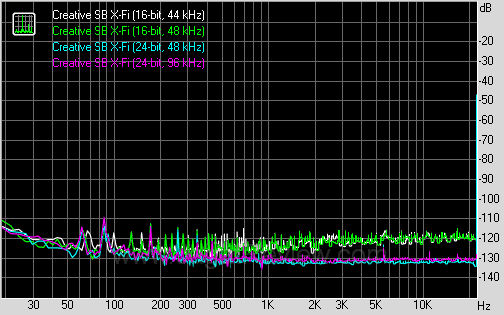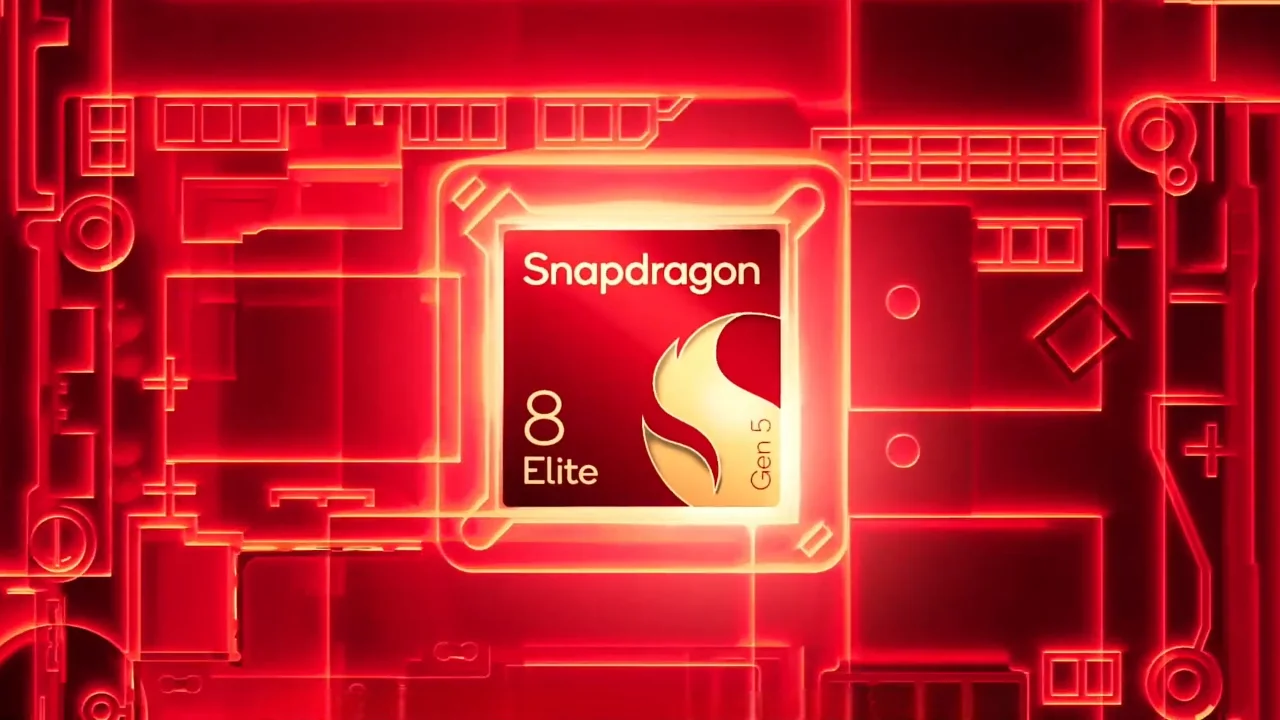Review-Gigabyte G1.Assassin: High-end Gaming in “Military” Style, Part 2 (Performance)
Test Results
Performance: Creative Sound Blaster X-Fi
RightMark Audio Analyzer was used to measure out the audio performance of G1.Assassin’s onboard Creative Sound Blaster X-Fi chip. The results are as follows:
Frequency Response

The above graph shows the audio signal characteristic of this motherboard’s on-board audio.
Noise Level
Dynamic Range
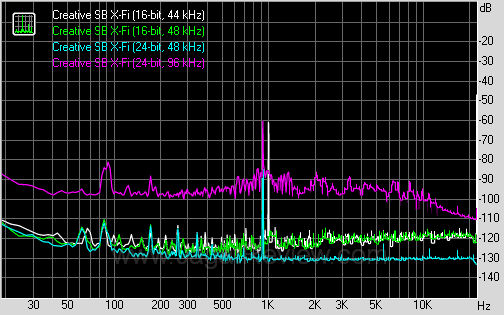
…while this shows the dynamic range across different sampling levels
THD + Noise (at -3 dB FS)
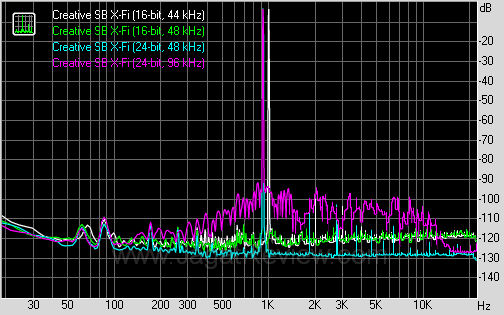
The Total Harmonic Distortion and Signal Noise are also measured.
Intermodulation Distortion
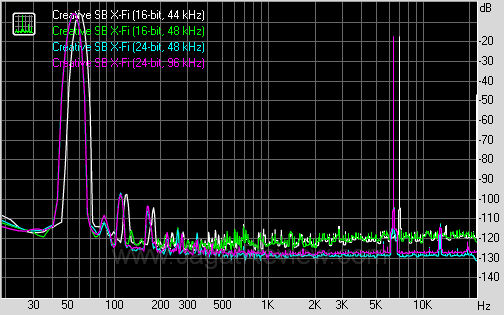
Stereo Crosstalk
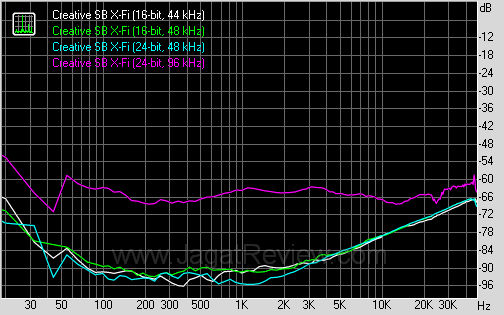
Performance: Killer E2100
We’re a bit curious about the performance of the motherboard’s Killer E2100 Network Interface Controller (NIC) chip. So, we attempted to measure that out by transferring a number of files (1018 files with a total size of 940 MB) from a server to the G1.Assassin (client) and from the G1.Assassin to the server over the network interface. For comparison purposes, we took another motherboard that is not equipped with the E2100 NIC and repeated the same procedure. Here are the results:


The “on board to onboard” parameter above refers to the other motherboard used for comparison. We can see that, in the first G1.Assassin (client) to server scenario, the E2100 NIC gives no improvement at all. However, in the second scenario (file transfer from server to G1.Assassin), we noted a slight increase of performance, with the G1.Assassin finishing the process faster than the comparison motherboard.
We also tried to play some multiplayer rounds in Call of Duty: Black Ops game. Although the server was quite busy (ping measured in hundreds of millisecond), we still managed to get 90-91 FPS from the game. This is less likely to be achieved using other motherboards with different NIC chips, in which case we often experience lags and stuttering during gameplay.
